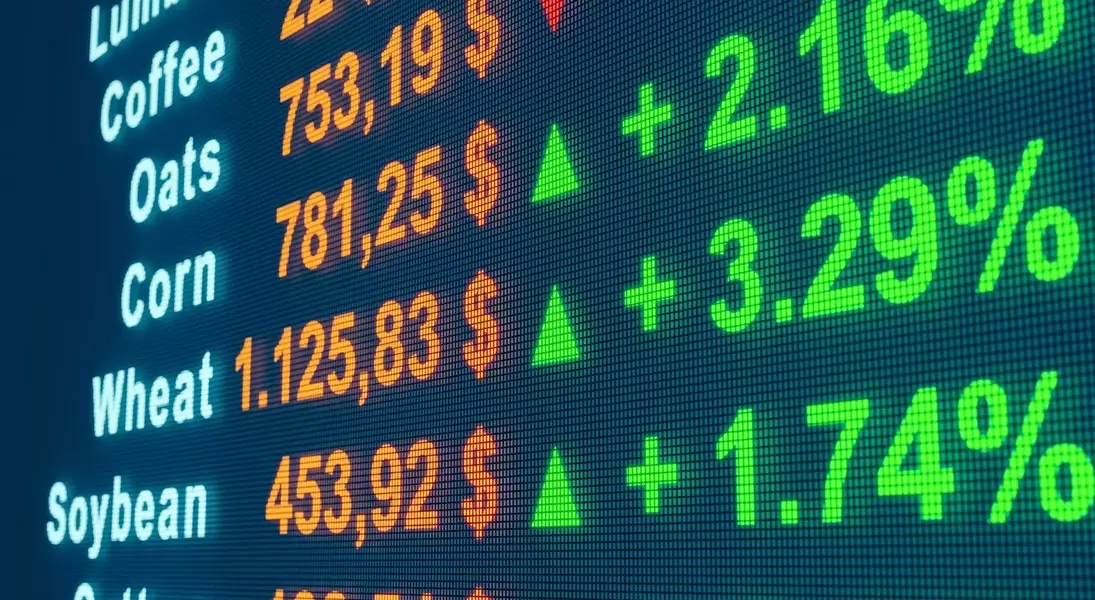
This analysis provides an in-depth look into the Invesco DB Agriculture Fund ETF (DBA), an investment vehicle offering diversified exposure to the agricultural commodities market. As of November 2025, DBA is trading at approximately $25.74, maintaining a long-term bullish trend. The fund's asset allocation heavily favors grains and oilseeds, which are currently at multi-year low price levels. In contrast, animal proteins and soft commodities, after reaching unprecedented highs, are now exhibiting a downward trajectory. This report delves into the cyclical nature of commodities, rising production expenses, and the potential for DBA to offer both limited downside risk and substantial upside price appreciation as the market approaches 2026. Furthermore, it highlights the benefits of including DBA in an investment portfolio for diversification and its attractive 4.2% yield, while also advising investors on the tax implications of its K-1 form and suggesting PDBA as an alternative for those preferring a 1099 tax form.
Agricultural commodities are inherently cyclical, experiencing periods of boom and bust driven by factors such as weather patterns, global demand, geopolitical events, and technological advancements. The current landscape sees grains and oilseeds, vital components of the DBA ETF, lingering at historically low prices. This subdued pricing environment creates an opportune moment for potential upside, especially considering the inelastic demand for these staples. Despite current lows, the underlying fundamentals suggest a potential rebound, as global population growth and increasing consumption patterns will inevitably drive demand.
Moreover, the costs associated with agricultural production have been steadily climbing. Farmers face rising expenses for fuel, fertilizers, seeds, and labor. These elevated input costs act as a natural floor for commodity prices, as producers require a certain price level to cover their costs and remain profitable. When prices fall below these production costs, supply tends to contract, eventually leading to a price recovery. This dynamic suggests that the downside risk for DBA, with its significant exposure to these cost-intensive commodities, may be limited.
Looking ahead to 2026, several factors could contribute to significant upside potential for agricultural commodities. Shifting weather patterns, including potential El Niño or La Niña events, could impact crop yields in major producing regions. Geopolitical stability or instability could affect trade routes and supply chains, influencing prices. Furthermore, evolving consumer preferences and the increasing use of agricultural products in biofuels and other industrial applications could create new demand drivers. These macro-level trends, combined with the current low valuations of certain commodity segments, paint a promising picture for the DBA ETF.
The Invesco DB Agriculture Fund ETF serves as a valuable tool for portfolio diversification. Agricultural commodities often exhibit a low correlation with traditional asset classes like stocks and bonds, providing a hedge against market volatility. Its current yield of 4.2% further enhances its appeal, offering income generation in addition to capital appreciation potential. However, investors should be aware that DBA issues a K-1 tax form, which can be more complex than the typical 1099 form. For those seeking a simpler tax reporting experience, the PowerShares DB Agriculture Fund ETF (PDBA) could be a suitable alternative, offering similar exposure with a 1099 tax form.
In summary, the DBA ETF presents an intriguing investment opportunity in the agricultural commodities sector. While grains and oilseeds are currently undervalued, the broader market dynamics, including rising production costs and cyclical demand, suggest a strong potential for future growth. The fund's diversification benefits and attractive yield make it a compelling option, though investors should consider the tax implications and explore alternatives like PDBA if K-1 forms are a concern.
